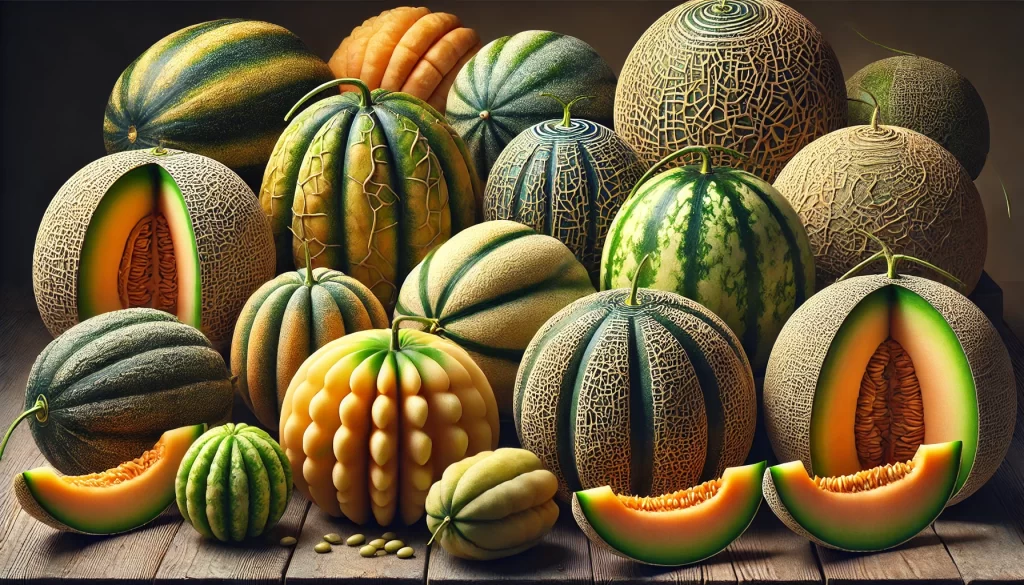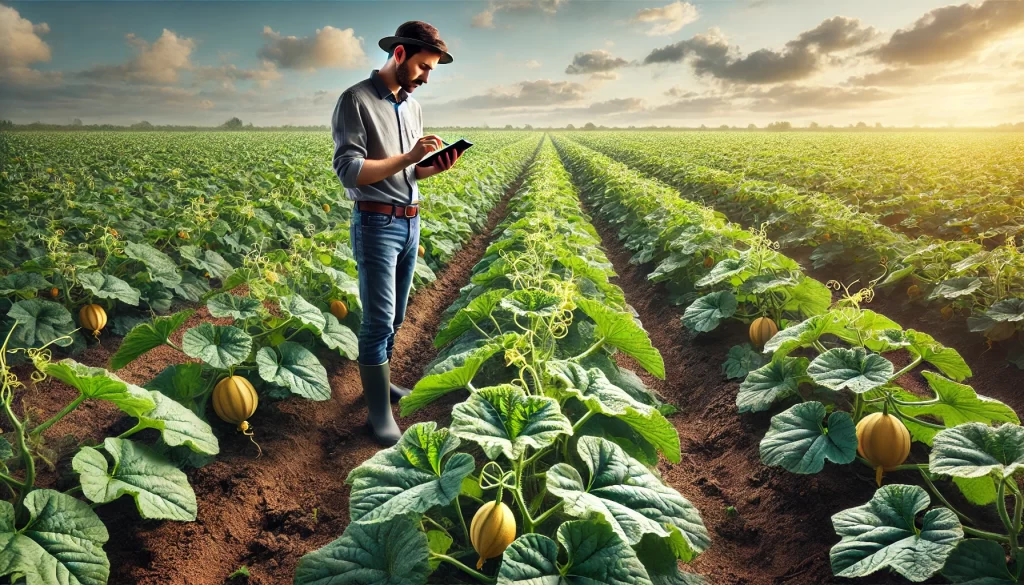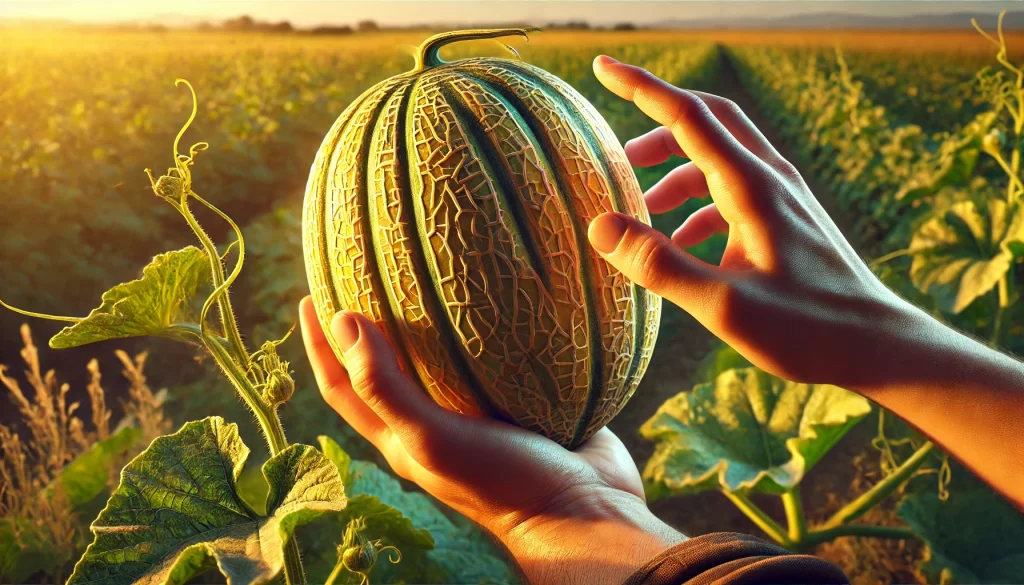Here are five curious and surprising facts about melon cultivation that you probably didn’t know:
1. Origin and Genetic Diversity:
Melon has a long history that dates back over 4,000 years in regions of Africa and Asia. This extensive lineage has given rise to hundreds of varieties, from the sweet Cantaloupe to the refreshing Honeydew, each with unique genetic profiles that allow them to adapt to different climates and tastes. The genetic diversity of melon is utilized by farmers and researchers to develop cultivars more resistant to pests, diseases, and changing environmental conditions.

2. Fast Growth and Growth Under Shelter:
Melons grow surprisingly fast. From planting to harvest, it can take between 80 to 120 days, depending on the variety. Additionally, in greenhouses and controlled crops, producers can manipulate temperature and light to accelerate growth, allowing for multiple harvests per year and extending the production season in colder climates.
3. Use of Technology and Sensors:
Technology has made its way into melon farming. Humidity sensors, automated irrigation systems, and drones for crop monitoring are tools used by modern producers to optimize melon growth. These technologies allow for precise irrigation and real-time monitoring of plant health, reducing resource waste and improving fruit quality.

4. Importance in the Local Economy:
In regions like Murcia (Spain) and California (USA), melon cultivation is not only a culinary symbol but also an economic driver. These places have specialized infrastructure and advanced techniques that allow for high-quality exports, generating employment and supporting entire communities dedicated to melon farming.

5. Cultural Myths and Traditions:
The melon has been the protagonist of several cultural traditions and myths throughout history. In ancient Greece and Rome, the melon was considered a symbol of fertility and abundance. Even today, in some countries, it is believed that eating melon at certain times of the year brings good luck or cures minor ailments, reflecting the cultural and nutritional importance this fruit has had and continues to have in various societies.
 AgronoBlog – Agriculture Blog
AgronoBlog – Agriculture Blog 


